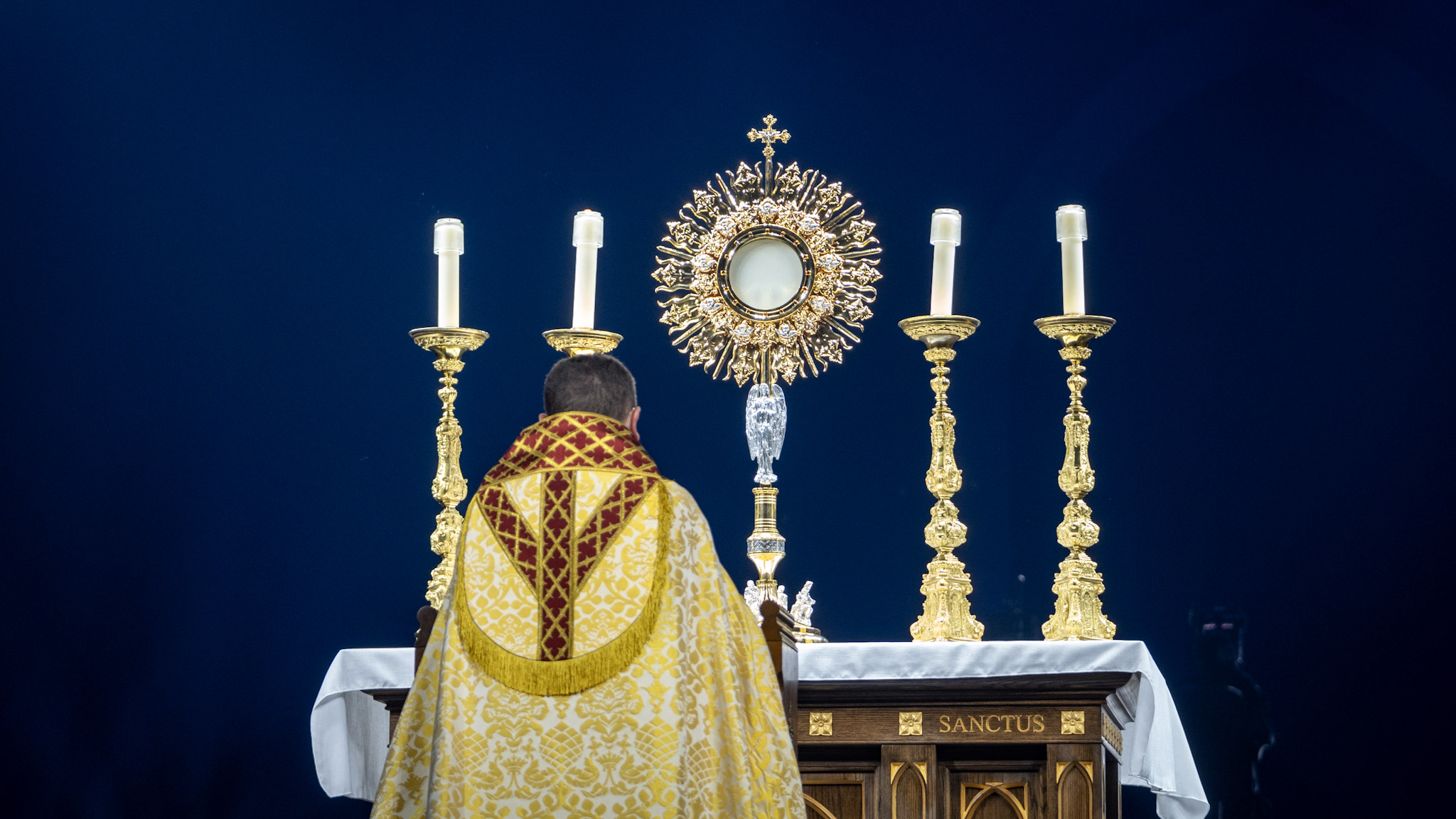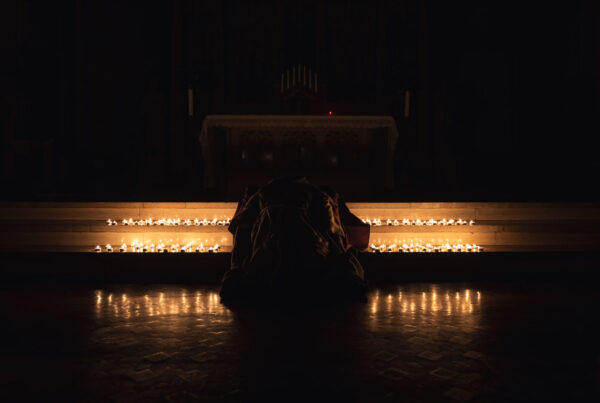The Camerlengo of the Holy Roman Church is a significant figure within the Catholic Church, particularly during the period between a pope’s death or resignation and the election of a new pope (known as the “sede vacante“).
Who is the Current Camerlengo?
The Camerlengo of the Holy Roman Church is Cardinal Kevin Joseph Farrell, appointed by Pope Francis on February 14, 2019. A native of Dublin, Ireland, Cardinal Farrell plays a key role in the period between the death of a pope and the election of his successor. Following the death of Pope Francis on April 21, 2025, Cardinal Farrell assumed responsibility for the day-to-day running of the Vatican. His duties include ensuring the death of the pope, securing the papal residence, and overseeing the preparations for the conclave to elect a new pope. Cardinal Farrell’s direction during this transition ensures the ongoing functioning of the Church until a new pope is elected.
Pronunciation: “Camerlengo” is pronounced: kah-mer-LEN-goh.
Role of the Camerlengo
A term derived from the Italian word “camerlengo” for “chamberlain,” who serves as the administrator of the temporal wealth and rights of the Holy See during the period known as the “sed vacante” – the period between two popes. The position involves both administrative and ceremonial tasks, ensuring that the activities of the Church remain stable and uninterrupted during the transitional period.
Main Responsibilities:
Verification of the Death of the Pope: The first official duty of the cameralenggo is to verify the death of the pope and prepare a death certificate. Farrell will also place the ceremonial seal on the Pope’s bedroom and study, as well as begin funeral arrangements, which are expected to attract dignitaries and millions of mourners from around the world.
Destruction of the Papal Ring: The Camerlengo is responsible for destroying the Fisherman’s Ring and the papal seal, which represent the papal authority, to prevent any unauthorized use.
Administration during the Vacancy: Throughout the term of office, the camerlengo oversees the daily operations of the Church, ensuring that all important functions are carried out smoothly. This includes managing the Vatican’s financial affairs and maintaining order within the central administration of the Church.
Preparation for the Conclave: The camerlengo plays a key role in organizing the conclave, the gathering of cardinals responsible for electing a new pope. This includes making logistical arrangements and ensuring the integrity and security of the electoral process.
Would you like to stay close to the Holy Eucharist all day long?
Now you can, I have 8 Holy Eucharist Wallpapers for you, so you can stay connected with Jesus Christ anywhere you are!
Historical Evolution of the Position
The position of camerlengo has undergone significant changes since its inception, evolving to meet the changing needs of the Church.
Origins
In the first centuries of the Church, the management of its wealth was handled by the Archdeacon of Rome. However, by the 11th century, the extensive powers associated with this role began to impede the independent action of the Pope. As a result, when Hildebrand became Pope Gregory VII in 1073, he dissolved the archdeaconry. The duties were then reassigned to a newly established official called the Camerarius or chamberlain, marking the creation of the position of the camerlengo’s office.
From the Middle Ages to the Renaissance
Throughout the Avignon Papacy in the 14th century, the role of the camerlengo grew, acquiring additional responsibilities and expanding its authority. The position became central to the financial and administrative processes of the papal court. By the 15th century, the camerlengo was appointed directly by the pope and was often a cardinal, reflecting the high status of the position within the church hierarchy.
Modern Era
In modern times, the functions of the camerlengo have become increasingly delineated, especially in relation to transitional periods. This role is crucial in ensuring the effective management of the temporal affairs of the Church during times of change in the papacy.
Conclusion
The camerlengo holds an important position in the Roman Catholic Church, especially during the significant gaps between papal reigns. Derived from the historical need for a well-organized system of governance, the modern role includes managing the temporal affairs of the Church during transitional periods, ensuring the continuity and stability of the Vatican.
The Vatican has not yet confirmed the date of Pope Francis’ funeral. The conclave to elect a new pope usually begins around 10 to 20 days after the pope’s death so that eligible cardinals from around the world can come to Rome.








